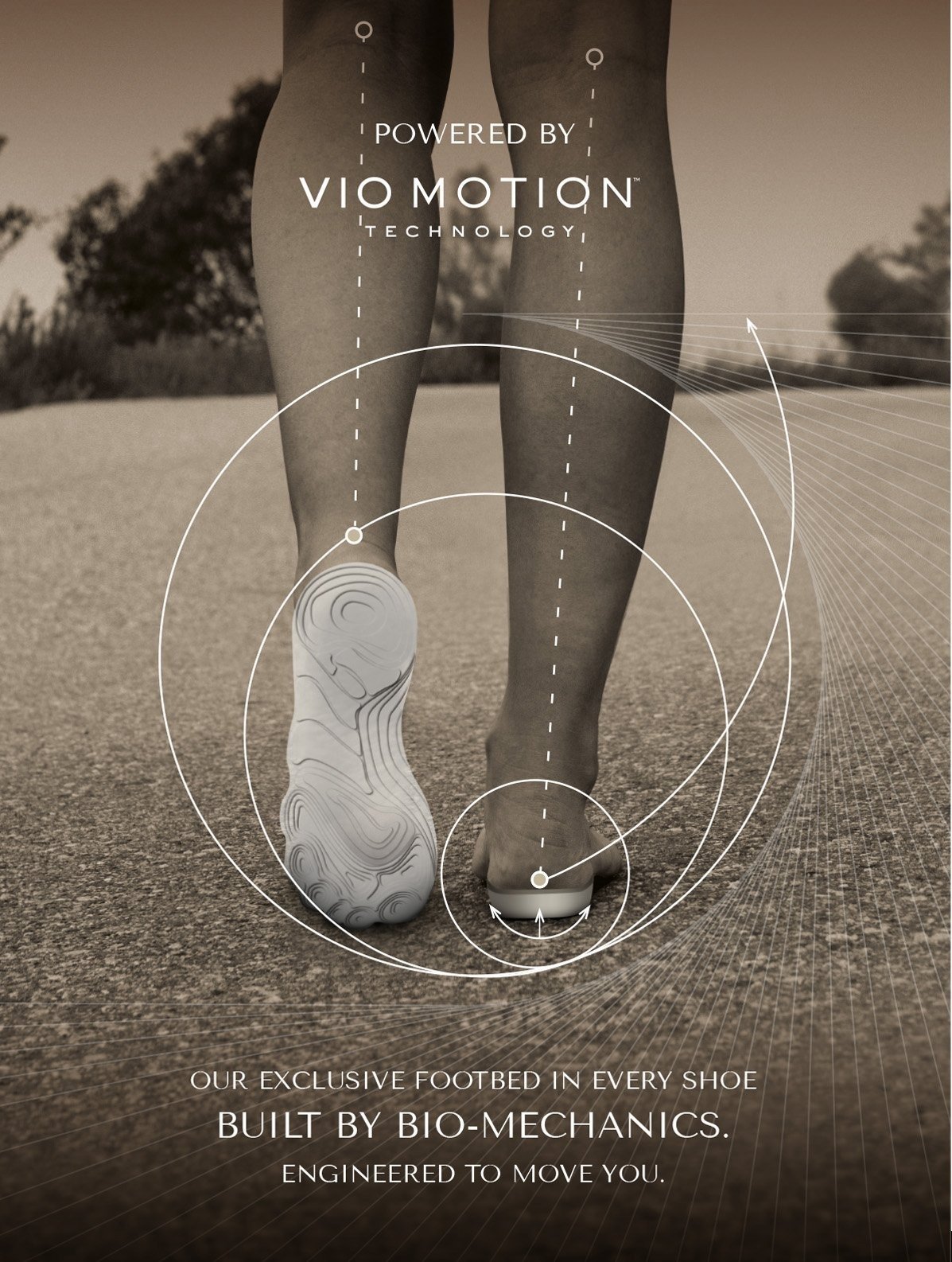What does your heel pain mean?
Heel pain is often a symptom caused by one of two conditions: plantar fasciitis or Achilles tendonitis. Most commonly, heel pain experienced at the bottom of the heel is caused by plantar fasciitis. Heel pain may become so severe for some that just putting weight on their feet first thing in the morning is excruciating. Walking or running may feel completely out of the question.
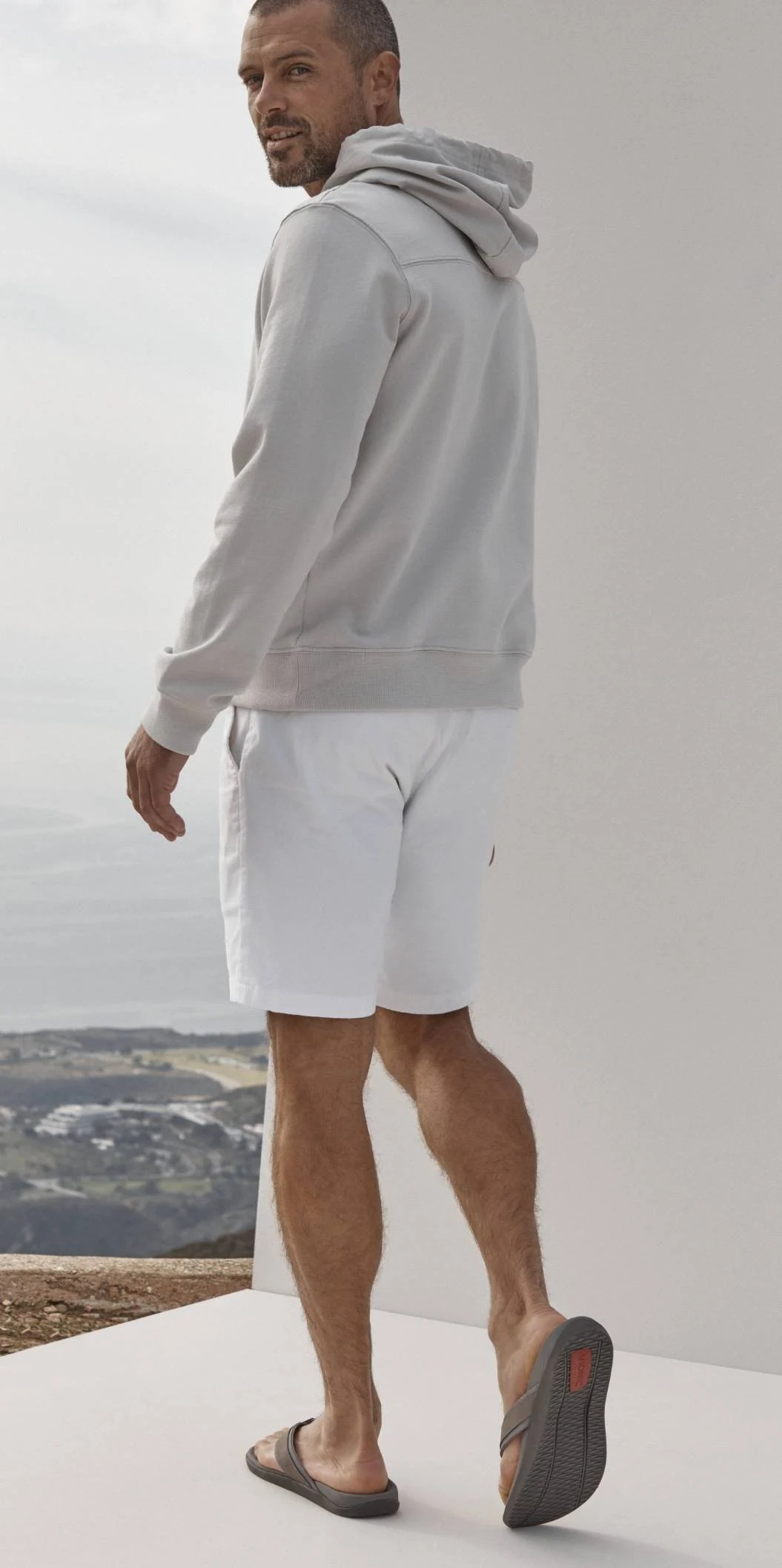
how heel pain develops
If your foot pronates too much, the ankle rolls too far downward and inward with each step. This can cause the arch to collapse and muscles and supporting structures to over-stretch and lengthen. The ligaments running from the heel to the toes become strained, often leading to inflammation along the bottom of the foot. This inflammation and heel pain is known as plantar fasciitis. In response, the bone may also develop a bony growth (heel spur), right in the center of the heel. This too causes heel pain and can prevent an individual from walking with ease.
causes of foot heel pain
Injury, disease and excess weight are among the
possible culprits, but it’s probable that your
heel pain has developed from poor biomechanics.
Over-pronation can become
even more excessive when you wear unsupportive
shoes and walk on hard, unnatural surfaces.an individual from
walking with ease.
vionic shoes support natural alignment
A trial period of 12 weeks (targeting 150 heel-pain sufferers age 50+) showed that patients wearing Vionic contoured sandals were 68% more likely to report improvement in symptoms compared to those wearing flat flip flops. Results also showed that the contoured sandal provided similar relief to best-selling Vionic orthotic insoles in alleviating heel pain.
★★★★★
“I have been suffering from plantar fasciitis for over 6 months.
I bought different medical insoles and boots but was always in pain,
until a friend recommended Vionic shoes. and WOW, I Will never wear
anything else from now on.”
– Lulu
treatment for heel pain
There are several ways in which you can treat foot and heel pain at home or without resorting to surgery. Discuss these with your physician first to determine the best course of action for you.
-
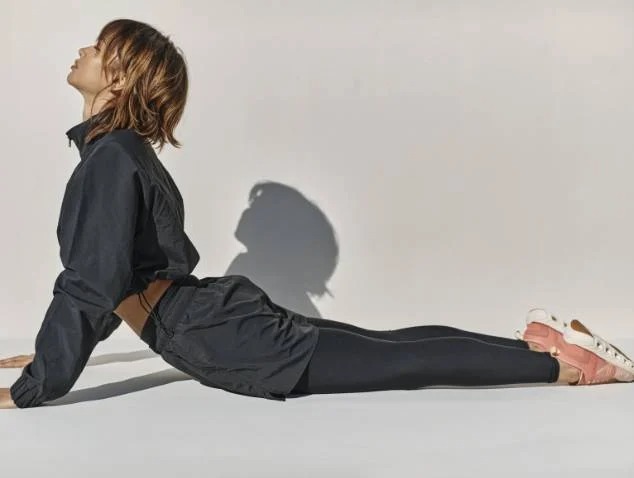 1.
1.treatment for heel pain
Keeping your calf muscles limber helps to reduce the strain on the plantar fascia. To stretch your calves and Achilles tendon, stand on the edge of a step, resting your weight on the balls of your feet. Bend your knees for 25 seconds and then straighten. Perform up to five repetitions whenever tightening occurs.
-
 2.
2.ICE AND REST
After mild stretching, use a frozen water bottle to roll under the arch of your foot for 10-20 minutes or apply a cold pack to the bottom of your heel. It may be possible to make an active recovery by wearing Orthaheel Technology to keep your feet naturally aligned, therefore reducing strain on the plantar fascia, while moving throughout your day.
-
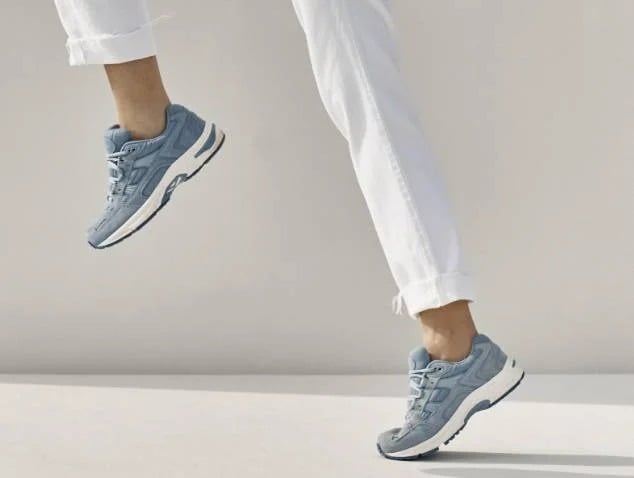 3.
3.PRESERVE YOUR ARCH WITH EXERCISES
While seated and barefoot, squeeze your foot as if you have a small marble under the ball of your foot. If you just happen to have a few marbles handy, you can actually practice picking them up between your toes and ball of your foot — and then set them down again. This stretches and helps strengthen the muscles that run under metatarsals (the longest bones in the foot which create its arched shape).
-
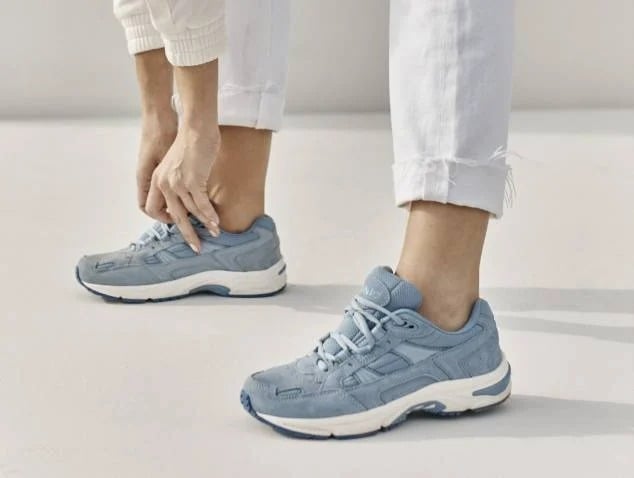 4.
4.BREAK THE CYCLE WITH SUPPORTIVE FOOTWEAR
Whether you are shopping for women’s shoes or men’s shoes, it may also be possible to make a more active recovery with the assistance of orthopedic shoes or insoles (orthotics). These shoes help mitigate the symptoms of heel pain.
-
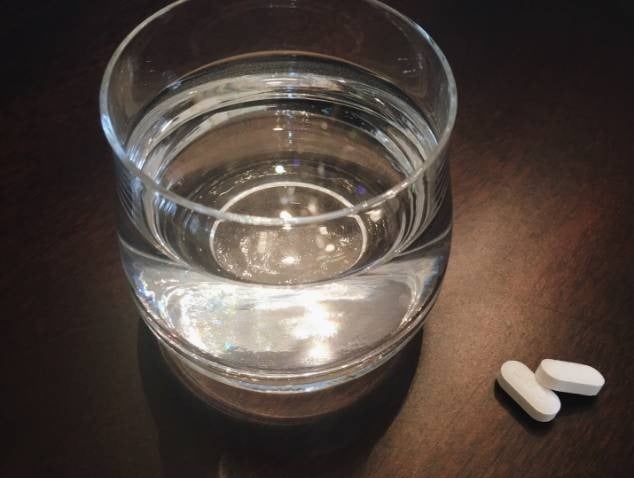 5.
5.Medication
Anti-inflammatory drugs (NSAIDs) are helpful in reducing pain and inflammation. Prior to taking any medication, consult your physician.
-
 6.
6.Other treatment
For more serious cases of heel pain, your podiatrist may recommend physical therapy, injection therapy, night splints and orthotic devices. In the most extreme cases, surgery may be an option.
★★★★★
“healthcare professionals can have confidence in
supporting a patient’s decision to wear contoured sandals or
orthotic insoles as one of the first and simple strategies
to manage their heel pain.”
– Tom McPoil, Professor of Physical Therapy at Denver’s Regis University
how vio-motion support can help reduce
heel pain (plantar fasciitis)
By wearing orthotic shoe inserts or supportive shoes, you can align your feet and reduce over-pronation. Extra arch support and realignment of the lower leg to its natural angle reduces the pulling and strain on the plantar fascia. This can take away a common cause of heel pain and reduce the aggravation of heel spurs. Vionic technology is shown to help reduce over-pronation and associated conditions due to misalignment. If you are looking for shoes for plantar fasciitis, find a pair of shoes from Vionic that provide heel support, comfort and style. You can enjoy instant relief through this breakthrough technology built into a selection of stylish casual and dress shoes, walking-specific shoes and sandals, supportive slippers and more.


